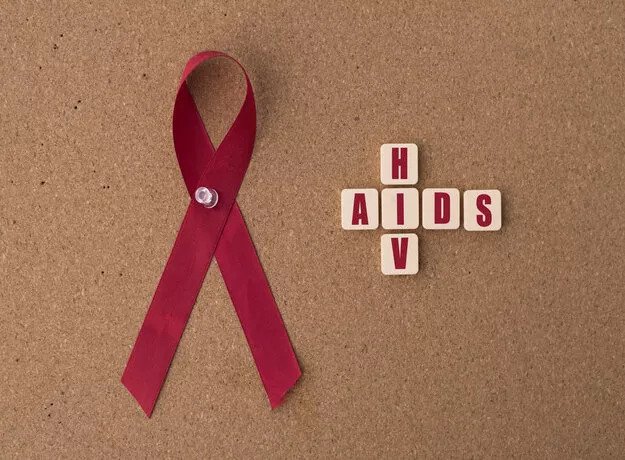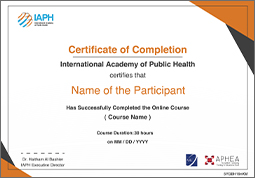Sexually Transmitted Infections and HIV/AIDS
Description
Each year, there are almost 357 million new infections with 1 of 4 STIs: chlamydia, gonorrhea, syphilis, and trichomoniasis. Moreover, more than 500 million people are estimated to have genital infection with herpes simplex virus (HSV) and more than 290 million women have a human papillomavirus (HPV) infection. In some cases, STIs can have serious reproductive health consequences e.g., infertility or mother-to-child transmission. Prevention and control of STIs can be achieved through education and counselling, diagnosis and treatment which affected by drug resistance, and vaccination. For HIV/AIDS and viral hepatitis more efforts are needed to control infection through blood and other body fluids. Sanitation and environmental management are highly needed in case of hepatitis A and E.
Learning Outcomes
- List diseases of public health importance in this group
- List the main clinical features of each disease and state case definition where applicable
- Identify the disease specific agent, reservoir and susceptible human host
- Describe the transmission dynamics
- Describe the life cycle of the disease
- Estimate the disease burden and analyze its determinants
- List the recommended control methods and assess the possibility of elimination or eradication
- Gonorrhea, syphilis, chlamydia, and trichomoniasis
- HIV/AIDS
- Viral hepatitis


Certificate
